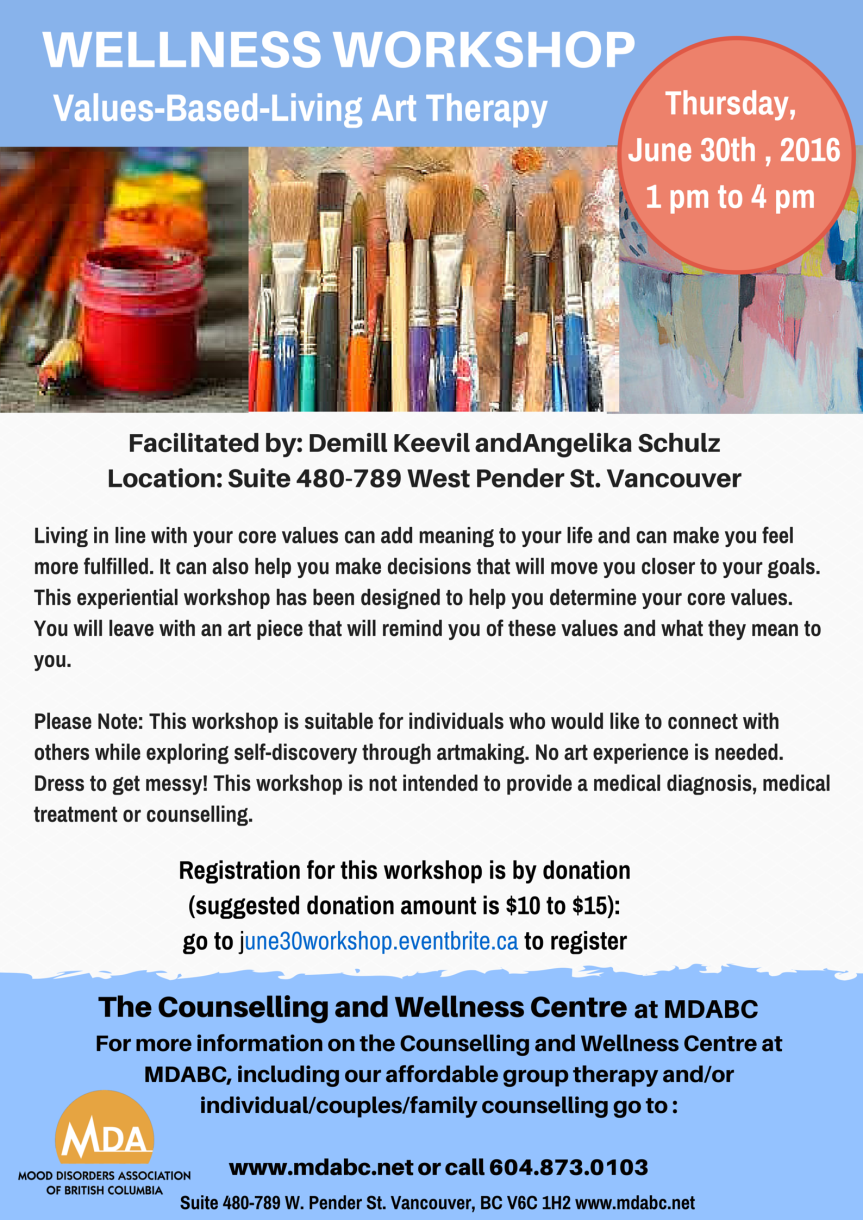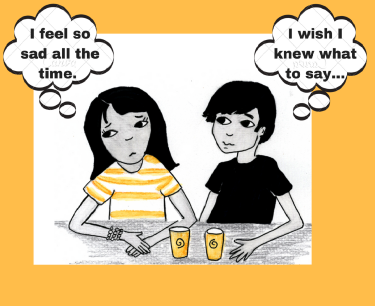
For the past few months, the staff at the MDABC (in partnership with BC Partners for Mental Health and Addictions) have been working on a new mental health awareness campaign aimed at young adults. For this very exciting new project, we began by doing research on other successful mental health campaigns and by talking to young people directly by holding a focus group. We wanted to design a campaign that young adults would pay attention to and that would ultimately get them engaged in talking about and being invested in positive mental health. Getting feedback from young adults about what they really wanted was an essential (and illuminating) part of the research process!
Based on all the information and opinions that we gathered, we got creative designing the actual campaign. We decided to go with a campaign that asked the question “Do you know what to say to a friend with low mood or depression?” and we named the campaign “What Helps, What Hurts.” We decided to go this route because our research told us that young adults were a lot more comfortable talking about a friend’s mental health than their own. We found that, unfortunately, stigma is still alive and well in our community and that many young adults are not ready to let anyone know that they are experiencing a mental health issue. That discomfort does not necessarily extend to talking about a friend’s mental health, and our research shows that most young people want to help and support their friends but often lack the know-how about what to say, how to talk about it, and what to do when a friend is really in crisis.
The What Helps, What Hurts campaign will reach out to young people in a variety of ways including posters on transit, a website, a hashtag, and a pocket guide which MDABC volunteers will distribute at events and on the streets. Our official campaign launch will be in early October 2016, more details to come!
If you are interested in getting involved in this campaign doing street outreach or writing a personal story for the website, please get in touch with Polly at polly.guetta@mdabc.net
Polly Guetta


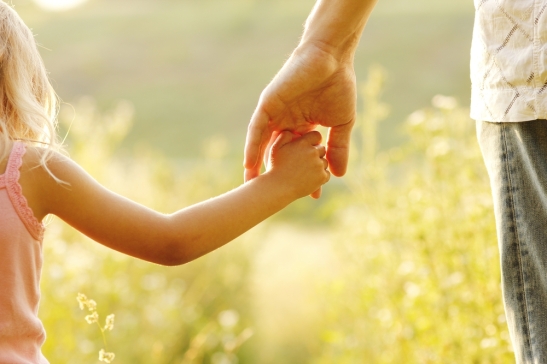

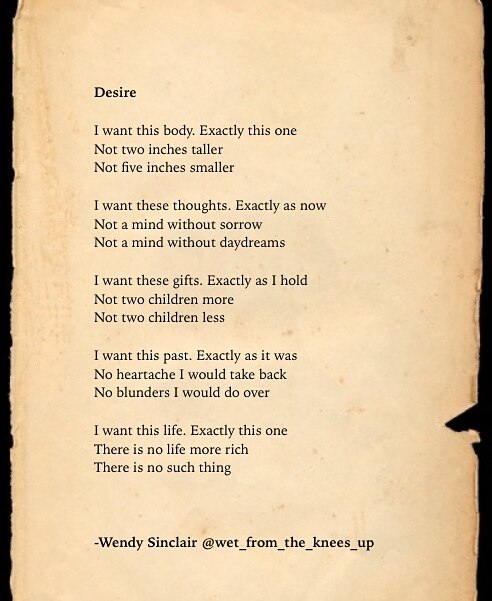

 I knew from a pretty young age that I wanted to go into a helping field, I think it was in my grade 8 career planning course where I first identified that counselling was something that I wanted to do as a career. My curiosity stemmed not only from my interest in psychology and mental health, but also in seeing and experiencing the profound impact that support can have on the well-being of both myself and the people closest to me in my life. However, I didn’t always work as a counsellor. In fact, I actually worked in hospitality and in business before making a career shift and finding my professional “home” in counselling. A really critical part of that journey were the years I spent volunteering on crisis lines, which demonstrated the power of being there for someone in the moment and offering non-judgmental and empathic support to help navigate the stressors and struggles that come up in life. It made me realize the passion I have for supporting others in their mental wellness journeys. And, it’s been inspiring and honoring now working in an occupation that allows the opportunity to do so, I truly couldn’t imagine doing anything else!
I knew from a pretty young age that I wanted to go into a helping field, I think it was in my grade 8 career planning course where I first identified that counselling was something that I wanted to do as a career. My curiosity stemmed not only from my interest in psychology and mental health, but also in seeing and experiencing the profound impact that support can have on the well-being of both myself and the people closest to me in my life. However, I didn’t always work as a counsellor. In fact, I actually worked in hospitality and in business before making a career shift and finding my professional “home” in counselling. A really critical part of that journey were the years I spent volunteering on crisis lines, which demonstrated the power of being there for someone in the moment and offering non-judgmental and empathic support to help navigate the stressors and struggles that come up in life. It made me realize the passion I have for supporting others in their mental wellness journeys. And, it’s been inspiring and honoring now working in an occupation that allows the opportunity to do so, I truly couldn’t imagine doing anything else!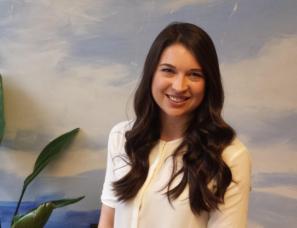 psychologist). As such, the helping professions have always been of natural interest to me, and as a youth I often found myself drawn to the stories and challenging experiences of the people in my life. Further, having experienced a level of anxiety and uncertainty as a child who moved often, I felt that I was particularly well-equipped to empathize with others who experienced similar emotional struggles. After I completed my psychology degree, I was torn between counselling and law. I worked part-time for a law firm and realized that I was most interested in the experiences of the clients, and this confirmed what I had already suspected- counselling was a much better fit for my personality, and gave me a much deeper sense of contribution. It did not take long for me to enroll in graduate school after that, and the longer I work as a therapist the more certain I am that this is what I am meant to be doing.
psychologist). As such, the helping professions have always been of natural interest to me, and as a youth I often found myself drawn to the stories and challenging experiences of the people in my life. Further, having experienced a level of anxiety and uncertainty as a child who moved often, I felt that I was particularly well-equipped to empathize with others who experienced similar emotional struggles. After I completed my psychology degree, I was torn between counselling and law. I worked part-time for a law firm and realized that I was most interested in the experiences of the clients, and this confirmed what I had already suspected- counselling was a much better fit for my personality, and gave me a much deeper sense of contribution. It did not take long for me to enroll in graduate school after that, and the longer I work as a therapist the more certain I am that this is what I am meant to be doing. “I feel that counselling came to me as an interest and as a calling. Growing up, I had never considered counselling as a profession. It became an interest through other therapists who I’ve spent time with. I learned from them how profoundly impactful it can be to simply BE with someone, to connect deeply with others on a personal and meaningful level. I think that it’s a calling too. I feel so humbled, honored, and so alive to be able to share with others a part of their life journey. In a way, I feel that this is from beyond me – that this call is both a gift and a grace.”
“I feel that counselling came to me as an interest and as a calling. Growing up, I had never considered counselling as a profession. It became an interest through other therapists who I’ve spent time with. I learned from them how profoundly impactful it can be to simply BE with someone, to connect deeply with others on a personal and meaningful level. I think that it’s a calling too. I feel so humbled, honored, and so alive to be able to share with others a part of their life journey. In a way, I feel that this is from beyond me – that this call is both a gift and a grace.”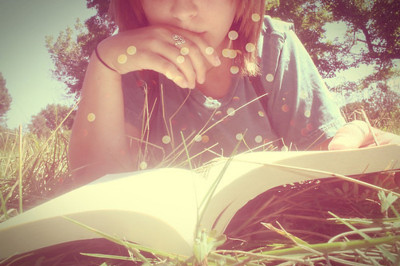
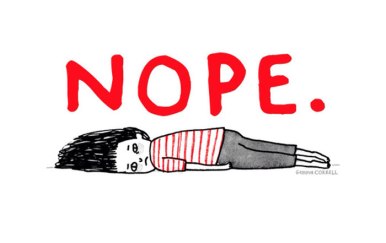
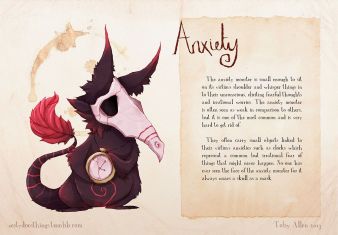
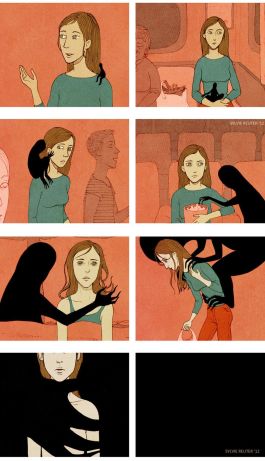 representation
representation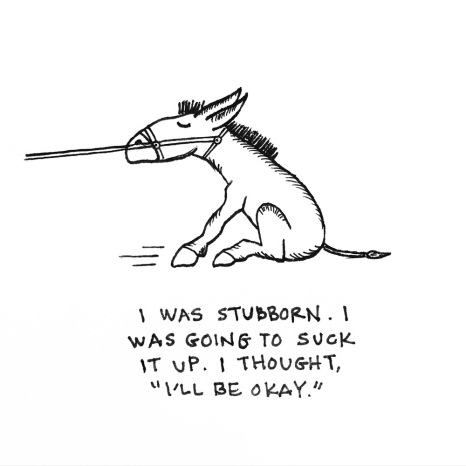

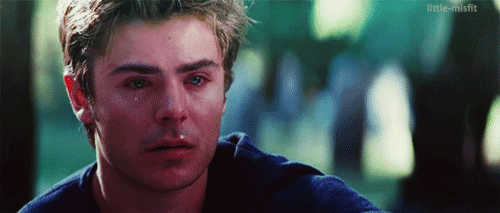
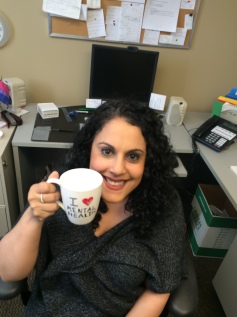
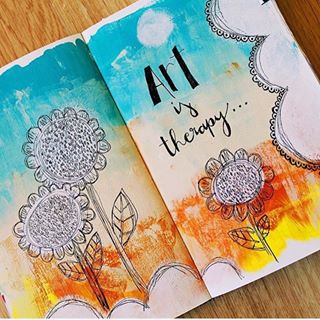 by Polly Guetta
by Polly Guetta